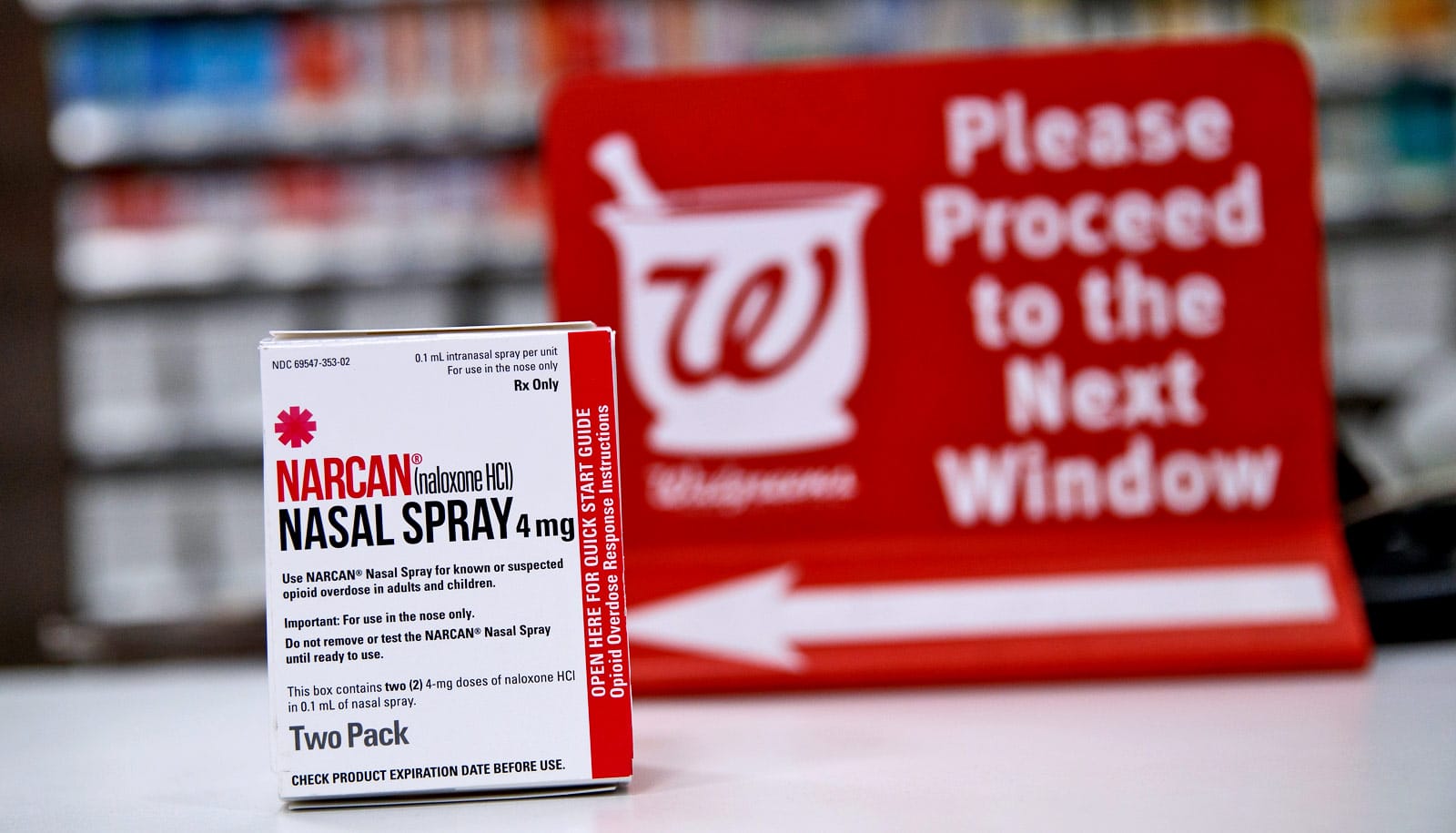
"Some patients use opioids from surgeons and dentists for a reason or during a time frame other than intended by the prescriber," says Kao-Ping Chua. "These are both forms of prescription opioid misuse, which in turn is a strong risk factor for opioid overdose." (Credit: Getty Images )
Should opioid prescriptions have a shorter time limit?
Putting a time limit on filling an opioid prescription may be a way to prevent or reduce misuse of medications, researchers report.
Some people who get a prescription for opioid painkillers to ease the pain of an operation or dental procedure fill them more than a month later, new research shows.
That’s long after acute pain from a procedure should have subsided.
In 2019, 1% of opioid prescriptions from dentists and surgeons were filled more than 30 days after writing, according to the research. While low, that percentage would translate to more than 260,000 opioid prescriptions per year if it generalized to all surgical and opioid prescriptions in the United States.
“Our findings suggest that some patients use opioids from surgeons and dentists for a reason or during a time frame other than intended by the prescriber,” says lead author Kao-Ping Chua, a pediatrician at the University of Michigan. “These are both forms of prescription opioid misuse , which in turn is a strong risk factor for opioid overdose.”
State and federal laws regulating the expiration periods for controlled substance prescriptions may be partly to blame, the researchers say.
In 2019, 18 states allowed prescriptions for Schedule II opioids and other controlled substances—those with the highest risk of being diverted for misuse—to be filled up to six months after writing. Another eight states allowed these drugs to be dispensed up to one year after the prescription.
“It’s perplexing that states would allow controlled substance prescriptions to be filled so long after they are written,” says Chua.
Tightening state laws could be a straightforward way to prevent or reduce misuse associated with delayed dispensing of opioids, he says.
As evidence, the study examined the effects of a law in Minnesota, which in July 2019 prohibited opioid dispensing more than 30 days after writing. After implementation, delayed dispensing dropped rapidly compared to other states.
The authors note that an across-the-board rule limiting the time window for filling opioid prescriptions might inadvertently harm patients who take the drugs for chronic pain . Instead, they say, policymakers could implement laws that limit this time window only when opioids are written for acute pain.
The authors also note that prescribers can reduce delayed dispensing by including instructions on the prescription not to dispense opioids after a certain time frame.
The study appears in JAMA Network Open .
Source: University of Michigan
The post Should opioid prescriptions have a shorter time limit? appeared first on Futurity .
Share this article:
This article uses material from the Futurity article, and is licenced under a CC BY-SA 4.0 International License. Images, videos and audio are available under their respective licenses.
Related Articles:
Drug relieves chronic pain without the addiction risk
Feb. 17, 2021 • futurityN.J. has naloxone ‘deserts’ in opioid hotspots
May 2, 2019 • futurityLinks/images:
- https://www.futurity.org/baby-boomers-opioid-misuse-1710272-2/
- https://www.futurity.org/sources-of-opioids-teenagers-2110502-2/
- https://www.futurity.org/chronic-pain-united-states-2564032/
- https://doi.org/10.1001/jamanetworkopen.2022.14311
- https://labblog.uofmhealth.org/lab-notes/could-time-limits-on-opioid-prescriptions-reduce-misuse
- https://www.futurity.org/opioid-prescriptions-time-limit-2748562/
- https://www.futurity.org


